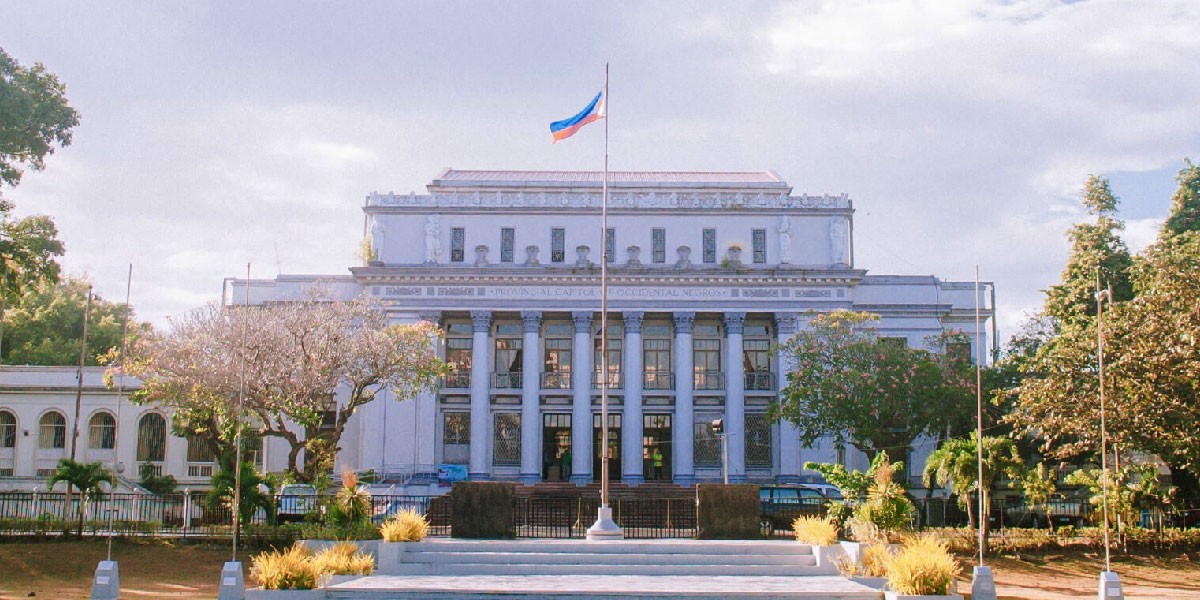By Herbert Vego
ALL roads lead to the cemetery on Tuesday, November 1 — the traditional All Saints Day. It’s when we pay homage to the departed. While its origin cannot be traced with certainty, history says it is a take-off from the Lemuria Feast of ancient Rome, during which the Romans performed rites to exorcise the malevolent and fearful ghosts of the dead from their homes.
Christianity celebrates All Saints Day every November 1 as the traditional day of visiting the dead, although it’s actually November 2 that is known as All Souls Day in the Catholic liturgy.
The Roman Catholic celebration is associated with the doctrine that the souls of the faithful dead need to be prayed for to attain full sanctification and moral perfection before entering Heaven. Other Christian sects don’t share that view.
We talk to the dead at the graveyard, but it’s the living we rub elbows with at the cemetery on All Saints Day. There we meet long-time-no-see friends and relatives; and reminisce about the good old days with the departed.
We all agree that death comes like a thief in the night — unexpected. No man is too young to die – or too old to survive.
In the Bible, King David – who lived from 907 BC to 837 BC — propounds that men who stay alive after age 70 are in their “bonus” years: “The days of our years are threescore years and ten, and if by reason of strength they be fourscore years, yet is their strength labor and sorrow, for it is soon cut off and we fly away” (Psalm 90:10).
According to the Jewish book David the King, David himself died at age 70.
As it was in the days of David, by the time we reach 70 today, most of us would have complained of deteriorating health.
We are reminded, “To everything there is a season, and a time for every matter under the heavens: A time to be born and a time to die…” (Ecclesiastes 3:1-2).
We have no quarrel with that. What we argue over is what happens after death. Do we, like other forms of animals, return to dust forever or move on to a higher plane of life?
Most of us believe in the afterlife. In one of his poems, Henry Wadsworth Longfellow wrote, “Life is real! Life is earnest! And the grave is not its goal. Dust thou art to dust returneth was not spoken of the soul.”
Unfortunately, we disagree as regards the “afterlife.” There are as many views on post-death existence as there are religions and sects.
Bible-based Christianity offers no crystal-clear description of the post-earth future. There are cases when what is not written seems more acceptable than what is written. For instance, while most Christian theologians preach that Jesus will come again to resurrect the dead, their followers on the contrary believe that the soul immediately leaves the body at death and ascends to either heaven or hell. Roman Catholics visualize an appointment with Saint Peter, who holds the key to our assigned rooms in heaven or hell. The Bible says nothing about it.
On the contrary, the Old Testament denies consciousness in death: “For the living know that they shall die but the dead know nothing” (Ecclesiastes 9:5).
“His breath goeth forth, he returneth to earth; in that very day his thoughts perish” (Psalms 146:4).
Conflicting views on what happens after death remind us of the epistle of the apostle Paul who asked in 1 Corinthians 15:55, “O death, where is your victory. O death, where is your sting?”
-oOo-
SETTING THE COAL INFO STRAIGHT
OUR friends from MORE Electric and Power Corp. (MORE Power) would not agree with a Jamaican guest of Hotel del Rio, an alleged coal trader, who claimed that the current price of coal in the world market is only US $100-plus per metric ton.
If that were true, then the local power generators would have gone gaga over it.
I am sorry, amigo Bong (not Go), you got it from the wrong trader. But of course, the Jamaican may be referring to low-quality coal which the local coal-fired power plants reject.
No less than Niel V. Parcon, the company’s Vice President for Corporate Planning, referred us to the website Investing.com which quoted the world price to be $390/MT This is slightly lower than the $400 previously announced by the distribution utility
MORE Power President Roel Z. Castro, on the other hand, expressed optimism that the price could go down because it has been on the downward trend after hitting $450. Yesterday, I browsed the Newcastle price which announced a slide to $385.25/MT.
Newcastle Coal is thermal coal exported out of the port of Newcastle in New South Wales, Australia. It is the price benchmark for seaborne thermal coal in the Asia-Pacific region.





















